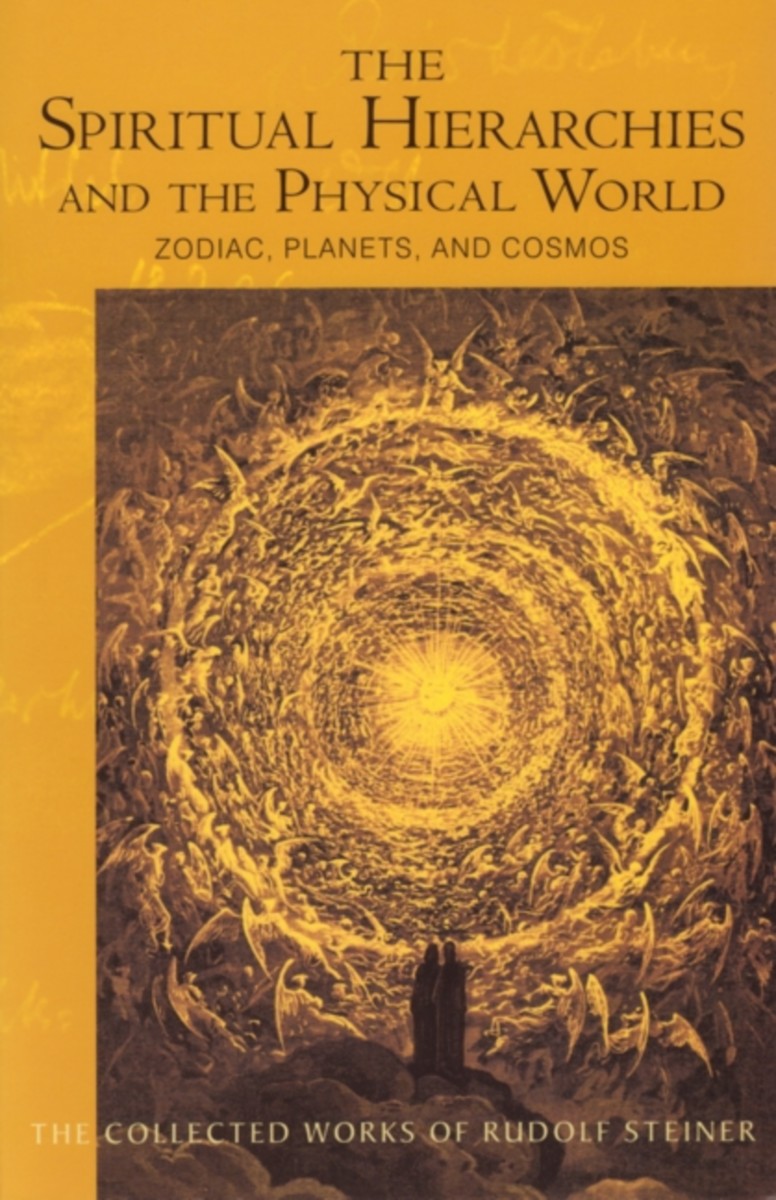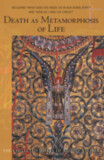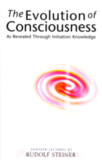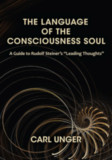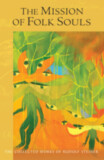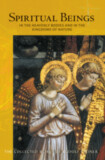The Spiritual Hierarchies and the Physical World
Zodiac, Planets & Cosmos (CW 110)
Introduction by Christopher Bamford and René M. Querido
Revised by Jann W. Gates
Translated by René M. Querido
- Publisher
SteinerBooks - Published
30th May 2008 - ISBN 9780880106016
- Language English
- Pages 240 pp.
- Size 6" x 9"
10 lectures in Düsseldorf, April 12–18, 1909;
participants' notes from Q&A sessions (CW 110)
Ever since nature and consciousness were separated during the late Middle Ages—giving rise to scientific thinking that considers only the physical world and views the mind as merely an epiphenomenon of neural chemistry—the spiritual beings who are the universe have felt abandoned and unable to complete their work, which depends on human collaboration for its success. Human beings have likewise felt abandoned and alienated.
In these remarkable lectures, Rudolf Steiner reestablishes the human being as a participant in an evolving, dynamic universe of living spiritual beings: a living universe, whole and divine. He does so in concrete images, capable of being grasped by human consciousness as if from within.
How is this possible? Implicit in Rudolf Steiner's view is the fact that, essentially, the universe consists of consciousness. Everything else is illusion. Hence, to understand the evolution of the cosmos and humanity in any terms other than consciousness is also an illusion. Whenever we are dealing with grand cosmic facts, we are dealing with states of consciousness.
But states of consciousness never exist apart from the beings who embody them. Therefore, the only true realities are beings in various states of consciousness. In this sense, Steiner's spiritual science is a science of states of consciousness and the beings who embody them. Indeed, any science—physics, chemistry, botany, psychology—is a science of beings. And the sensory perception, or physical trace, is simply the outer vestment of the activity of beings in various states of consciousness. To describe these beings, Steiner uses the names made familiar by the wisdom traditions of the West. He speaks of the evolutionary states of Saturn, Sun, Moon, and so on; the nine choirs of angels; elemental beings and nature spirits; and the elements of fire, earth, air, and water.
The Spiritual Hierarchies and the Physical World: Zodiac, Planets & Cosmos is a translation from German of «Geistige Hiearchien und ihre Wiederspiegelung in der physischen Welt. Tierkreis, Planeten, Kosmos» (GA 110). The Spiritual Hierarchies and the Physical World: Reality and Illusion (1996) contained a previous edition of this lecture course.
L E C T U R E S:
1. The Renewal of Primeval Wisdom
2. The Four Elements, Fire, and the Elemental Beings
3. Planetary Evolution
4. The Work of the Spiritual Hierarchies and the Zodiac
5. Cosmic Evolution and the War in Heaven
6. Geocentricity and Heliocentricity in Cosmic Evolution
7. The Constitution of Spiritual Beings and Humanity
8. The Spiritual Hierarchies, the Zodiac, and the Human Being
9. Evolution and the Cosmic Human Body
10. The Christ
Rudolf Steiner
Rudolf Steiner (b. Rudolf Joseph Lorenz Steiner, 1861–1925) was born in the small village of Kraljevec, Austro-Hungarian Empire (now in Croatia), where he grew up. As a young man, he lived in Weimar and Berlin, where he became a well-published scientific, literary, and philosophical scholar, known especially for his work with Goethe’s scientific writings. Steiner termed his spiritual philosophy anthroposophy, meaning “wisdom of the human being.” As an exceptionally developed seer, he based his work on direct knowledge and perception of spiritual dimensions. He initiated a modern, universal “spiritual science” that is accessible to anyone willing to exercise clear and unbiased thinking. From his spiritual investigations, Steiner provided suggestions for the renewal of numerous activities, including education (general and for special needs), agriculture, medicine, economics, architecture, science, philosophy, Christianity, and the arts. There are currently thousands of schools, clinics, farms, and initiatives in other fields that involve practical work based on the principles Steiner developed. His many published works feature his research into the spiritual nature of human beings, the evolution of the world and humanity, and methods for personal development. He wrote some thirty books and delivered more than six thousand lectures throughout much of Europe. In 1924, Steiner founded the General Anthroposophical Society, which today has branches around the world.


